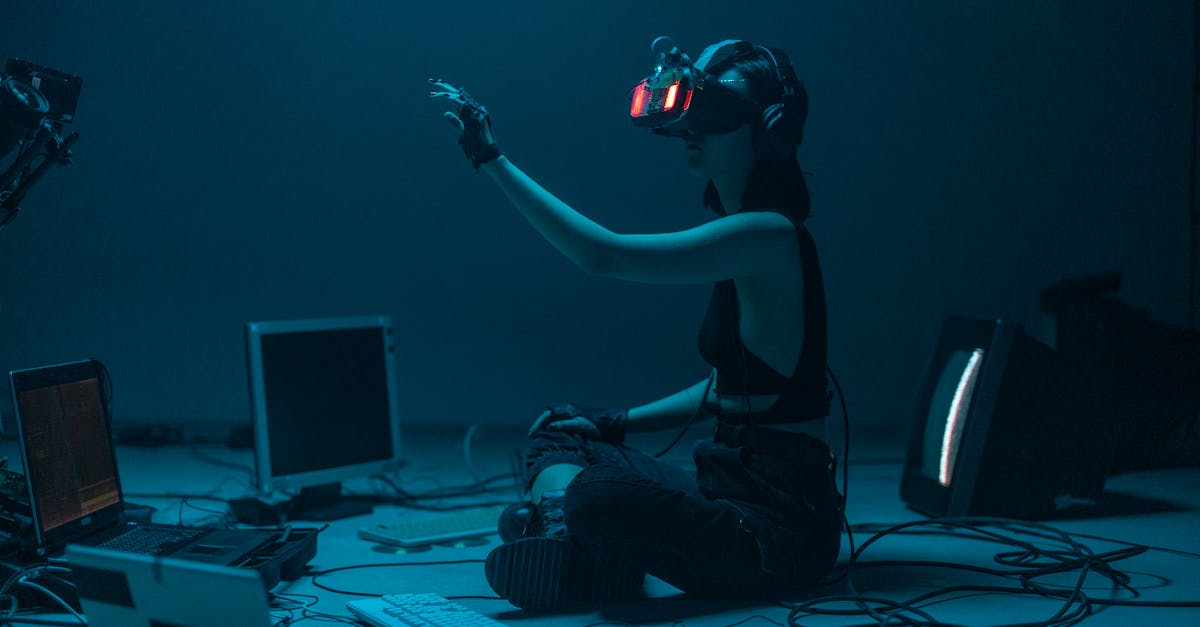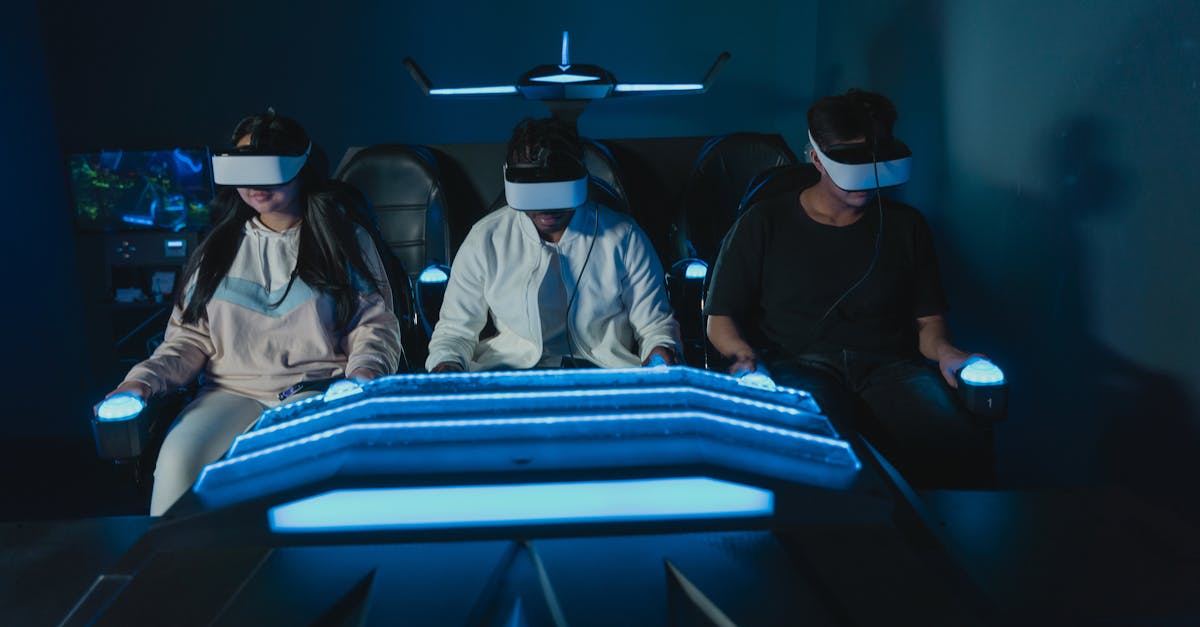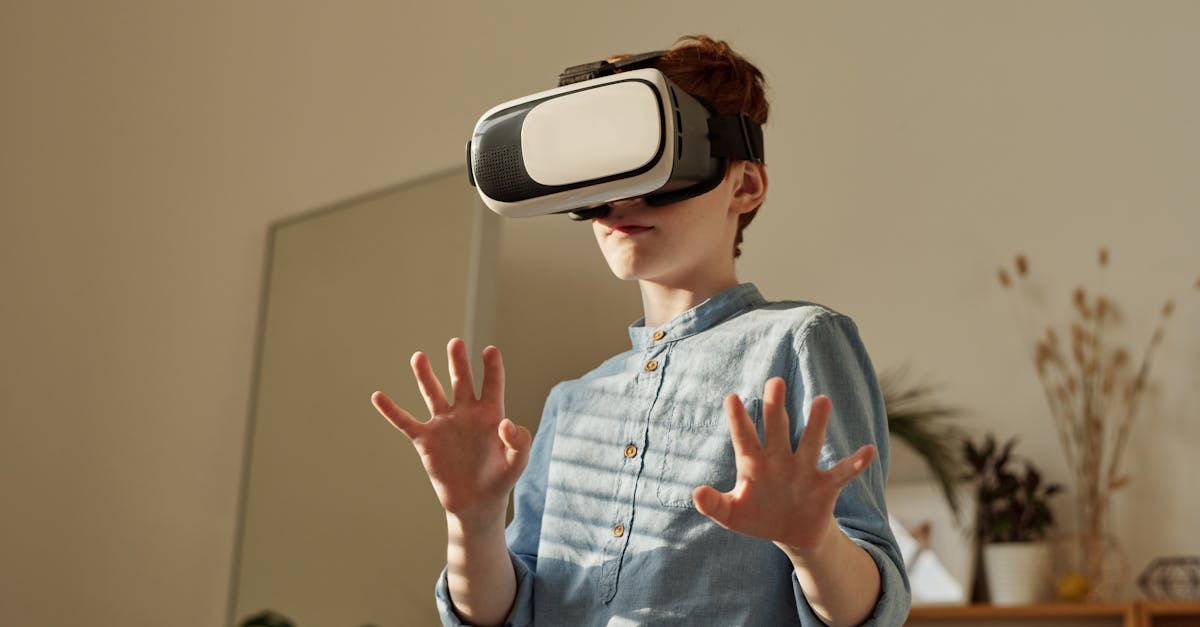Exploring the Metaverse What's Next for Virtual Reality
Introduction
The concept of the metaverse has become a buzzword in technological spaces, promising a digital universe where virtual reality (VR) plays a pivotal role. With advancements in technology, the metaverse offers users immersive experiences previously unimaginable. This article delves into what the future holds for virtual reality within the metaverse.
Advertisement
Defining the Metaverse
At its core, the metaverse is a collective virtual shared space, merging augmented reality (AR), virtual reality, and the internet. It allows users to create, explore, and interact with different digital environments. The ambition is to create an interconnected virtual universe parallel to the physical realm.
Advertisement
Role of Virtual Reality in the Metaverse
Virtual reality serves as a fundamental technology, offering users an immersive experience in the metaverse. From gaming and social interactions to virtual workspaces, VR provides the sensory tools to bridge the gap between real-world and virtual experiences. It enables full participation, allowing users to interact in ways previously only possible face-to-face.
Advertisement
Current Technologies Enabling VR in the Metaverse
Modern VR hardware like headsets, gloves, and treadmills are pivotal in bringing the metaverse to life. These devices capture and translate physical movements into virtual actions. Software ecosystems and platforms such as Unreal Engine and Unity play a crucial role in creating expansive 3D environments ready for exploration.
Advertisement
Commercial Applications and Opportunities
Businesses are capitalizing on VR within the metaverse, redefining retail, real estate, and entertainment sectors. Virtual storefronts offer customers unique shopping experiences, while virtual real estate allows users to buy, sell, or rent virtual properties. In entertainment, concerts and cinema are evolving into immersive experiences not bound by physical limitations.
Advertisement
Social Interactions and VR
Socializing in virtual spaces is transforming how humans connect. Platforms such as Meta's Horizon and VRChat facilitate social interactions through avatars, letting users meet, chat, and share experiences. This social aspect is expanding rapidly, offering new ways for people to interact in a COVID-conscious world.
Advertisement
Challenges Facing VR in the Metaverse
Despite its potential, VR in the metaverse faces challenges, including technological limitations, privacy concerns, and high development costs. Current VR devices can be cumbersome, and achieving the desired level of realism requires significant computing power. The industry continues to work on optimizing technologies to overcome these hurdles.
Advertisement
Future Innovations in VR and the Metaverse
Innovations such as advanced haptic feedback, AI-driven avatars, and improved graphics are set to revolutionize VR experiences. Eye-tracking technology and brain-computer interfaces could redefine interaction within the metaverse, making experiences more intuitive and accessible. Predictions indicate rapid development over the next decade.
Advertisement
Regulating the Metaverse Ecosystem
As the metaverse evolves, regulatory frameworks must be considered to address issues like data privacy, digital property rights, and security. Industry leaders are actively discussing ethical guidelines and protective measures to ensure a safe and open virtual environment for all users without compromising personal data.
Advertisement
Conclusion
In summary, the metaverse represents a groundbreaking evolution for virtual reality, with endless possibilities for innovation. As technology advances, VR will continue to play a crucial role in shaping the digital universe. Embracing these changes offers both excitement and challenges, urging society to adapt and prepare for the virtual future that awaits.
Advertisement








